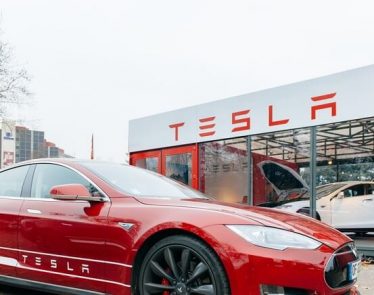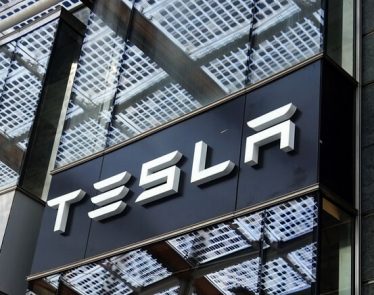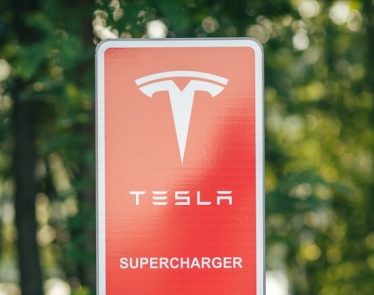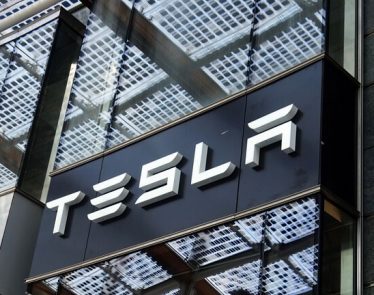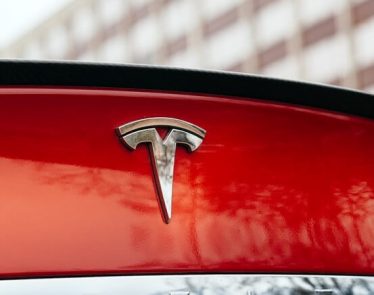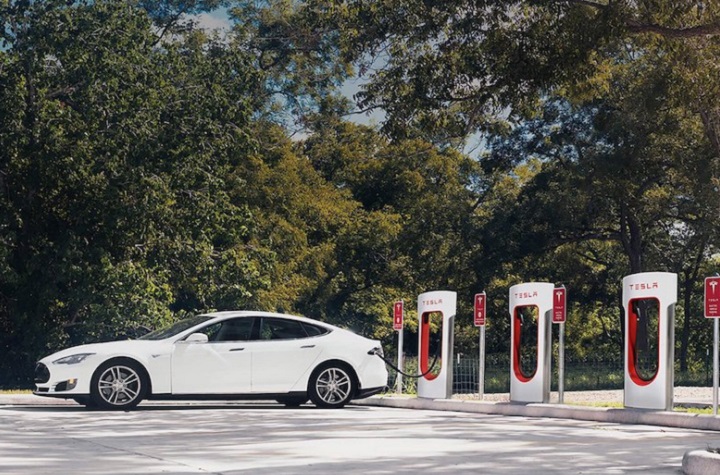
Only just beginning to impact the market, electric automaker/sustainable energy producer Tesla (NASDAQ:$TSLA) already has a Supercharger network for its electric cars that is way larger than any other electric vehicle charging stations in the world. Currently, the company has 861 charging stations that carries 5,655 Superchargers. A Supercharger can charge a Tesla to run roughly 170 miles after a charge as short as half an hour.
The 5,655 Superchargers is already a great growth from the 3,600 Superchargers available last March, when the Model 3 was announced. However, with the Tesla’s ambitious production rates and the release of Model 3 on the horizon, Tesla’s Supercharger network is about to expand at an even more higher rate.
Tesla’s Supercharger Expansion Plans
Tesla had already announced back in April that it plans to increase its Supercharger count to 10,000 by the end of the year. Last week, Elon Musk, CEO and co-founder of Tesla, announced that in 2018, the number of Superchargers could increase between 50% and 100% — meaning it could double again.
At its annual shareholder meeting, Musk explained the urgency of the project, stating that the company wants to ensure that Tesla drivers can go wherever they want whenever they want with relative ease and convenience. Besides expanding the charging network, Musk said, Tesla is also looking to upgrade its Supercharger system so it can charge the vehicles even faster.
Musk also added that besides making the Superchargers charge at faster rates, the company will also add extra amenities to larger Supercharger stations, like implementing customer centers. Musk emphasized strongly on great customer service, citing that the company wants drivers to love and enjoy the experience of driving long-distance trips in a Tesla.
In addition to ambitious expansions and great customer service, Tesla also has a strong stance on sustainable energy. As such, the company has recently announced that it will slowly be converting all Superchargers to be powered completely by solar panels and stationary energy storage. Musk commented last week on Twitter on the plan, “Over time, almost all [Superchargers] will disconnect from the electricity grid.”
The Importance of Tesla’s Supercharger Network
Tesla’s Supercharger network is already an integral part of owning a Tesla, as it allows for long-distance drives in a Tesla vehicle. As well, there currently exists no other way that makes charging a Tesla convenient enough, so Tesla drivers are almost always going to be relying on Tesla-branded chargers to charge their vehicles.
With the Model 3 coming up for release as the second half of the year approaches, Tesla’s Supercharger network will definitely need to support a larger number of vehicles. Tesla is pushing its Model 3 production, expecting an annual production rate of 100,000 this year to 500,000 by next year. Thus, an expansion of Tesla’s Supercharger network is key in helping Tesla eliminate wait times between charges, make their customers satisfied, and make long-distance drives as convenient as it is for a regular gas-powered automobile. Long-distance convenience will be key for the electric vehicle to stand against its competitors.
Featured Image: twitter




